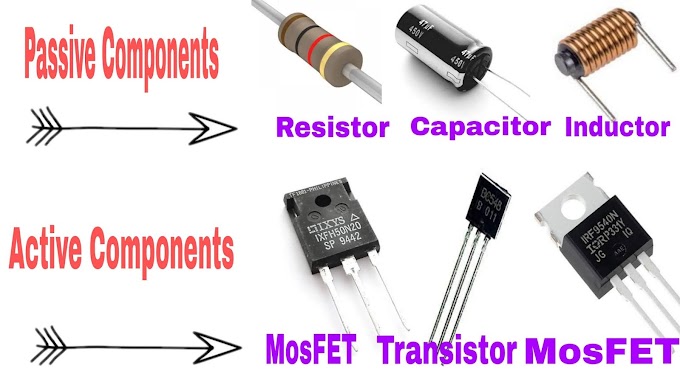N-type and P-type Semiconductor
P-type Semiconductor
In a pure (intrinsic) semiconductor, each nucleus uses its four valence electrons to form four covalent bonds with its neighbors . Each ionic core, consisting of the nucleus and non-valence electrons, has a net charge of +4, and is surrounded by 4 valence electrons. Since there are no excess electrons or holes In this case, the number of electrons and holes present at any given time will always be equal.We are commonly use Al,Boron as impurities in it. Please see the below picture when trivalent impurity added to Semiconductor.
An acceptor donates holes, which are in + charged in nature, a semiconductor that has been doped with atom having 3 valence shell electron is called a p-type semiconductor; "p" stands for positive. Notice that the material as a whole remains electrically neutral. In a p-type semiconductor, current is carried by the holes, which outnumber the free electrons. In this case, the holes are the majority carriers, while the electrons are the minority carriers.
n-type Semiconductor
In addition to replacing one of the lattice atoms with a atom having three electron in valence shell, we can also replace it by an atom with five valence electrons, such as the Group 5 atoms arsenic (As) or phosphorus (P). In this case, the impurity insert five valence electrons to the lattice where it can only hold four. This means that there is one excess electron in the lattice .It donates an electron, a Group 5 impurity is called a donor. Note that the material remains electrically neutral.
By this it is clearly understandable that in n-type of semiconductor conduction is due to electron and in p-type condition is due to holes.





0 Comments